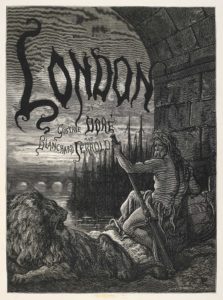Mallory and Tennyson Analysis of Different Views in Arthurian Legend Portrayals
In Sir Thomas Mallory’s The Fair Maid of Astolat the maid is given very little agency as compared to Alfred, Lord Tennyson’s poem, The Lady of Shallot, which features the lady as having great, almost magical, skills. Tennyson’s poem gives a very different view of the Lady and focuses much more attention on the Lady, differing from Mallory’s work that focuses greatly on the glory of the knights and their significance. I found Tennyson’s poem to give more dignity to the Lady as the tone of her dying from grief in Mallory’s work came across as condescending in the story as it gave very little possibility that the Lady could live independently from her lover. I think that Tennyson’s view on the Lady is influenced by the rise in women’s agency that occurred during the Victorian Era. The contrast between the two works is distinguished by the very different view points the entire situation is described in both pieces. The aspects of the original Arthurian legend that Tennyson’s poem leaves out greatly impacted the initial comparison I made when I read both works, and the image of the story that I had from reading both works was very different. I think it is also significant that I read Mallory’s work first because I feel that having read the Tennyson piece first would result in a disappointing resolution to the mystery about the Lady that is laid out in The Lady of Shallot.
